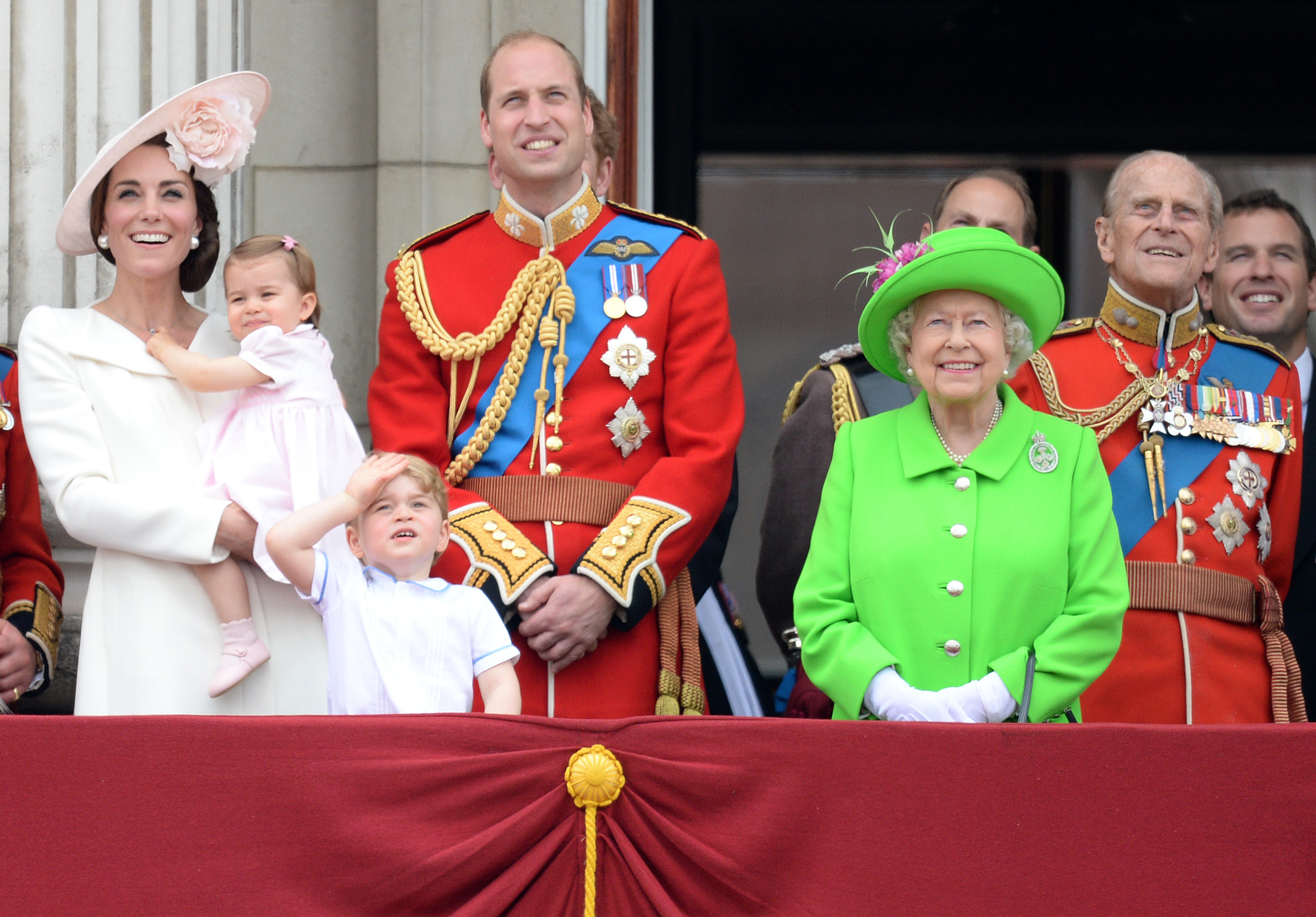When Meghan Markle became the Duchess of Sussex upon marrying Prince Harry in 2018, many wondered if she would take on the last name Mountbatten-Windsor. While technically possible, the reality is that for most members of the British Royal Family, last names are not a regular feature of their public identity. Think of the Duchess of Cambridge, widely known as Kate Middleton, even after marrying Prince William and becoming Catherine, Duchess of Cambridge. Similarly, Meghan Markle is primarily known by her title, the Duchess of Sussex.
However, the announcement of Prince Harry and Meghan’s son’s name, Archie Harrison Mountbatten-Windsor, brought the royal surname into the spotlight. It confirmed that while not always used, a last name does exist within the royal family. This raises the question: what exactly is the last name of the British Royal Family, and when is it used?
Deciphering the Royal Family’s Last Name
The seemingly complex naming conventions of the Royal Family stem from a straightforward reason: global recognition. For most of history, and certainly in modern times, royals are so famous that a last name is often unnecessary for identification. As the official royal website explains, “Members of the Royal Family can be known both by the name of the Royal house, and by a surname, which are not always the same,” and “often they do not use a surname at all.”
 Royal Family at Trooping the Colour
Royal Family at Trooping the Colour
This means Prince Harry’s full name could technically be Henry Charles Albert David Mountbatten-Windsor, and Meghan Markle could have become Rachel Meghan Mountbatten-Windsor after their wedding. Yet, given that surnames are mainly used by royals without titles, or in specific contexts, it’s rare to hear Harry and Meghan referred to with this hyphenated surname.
Royal family members can also adopt a last name derived from their official titles. Princes William and Harry, for instance, were known as William Wales and Harry Wales during their school and military years, taking “Wales” from their father, Prince Charles’, title as the Prince of Wales. Similarly, Prince George has used the surname Cambridge at school, reflecting his father Prince William’s title, the Duke of Cambridge.
In essence, when referring to a member of the royal family, using their first name and title is generally the most appropriate and widely accepted approach.
Queen Elizabeth’s Surname: Windsor Unveiled
Born Princess Elizabeth Alexandra Mary Windsor in 1926, the future Queen was the daughter of the Duke and Duchess of York, who later became King George VI and Queen Elizabeth The Queen Mother. Her destiny as heir presumptive was sealed when her father ascended the throne in 1936 after the abdication of his brother, Edward VIII.
Princess Elizabeth’s lineage traced back to the royal House of Windsor, making Windsor her last name from birth, should she have needed one.
The Evolution of the Windsor Name
While Queen Elizabeth was born with the surname Windsor, this wasn’t always the case for the British royal family. The adoption of Windsor as the royal family name is a relatively modern development, dating back to 1917. In that year, King George V, Queen Elizabeth’s grandfather, made a pivotal decision. Amidst the anti-German sentiment of World War I, he chose to change the name of the royal house from Saxe-Coburg-Gotha to Windsor. Crucially, he also declared Windsor as the official surname for the British Royal Family going forward.
Before 1917, British royals were primarily known by their first name and the name of their house or dynasty, such as Tudor or Hanover. Queen Victoria, for example, was of the House of Hanover.
Later, in 1952, following her marriage to Lieutenant Philip Mountbatten (later Prince Philip) in 1947 and her accession to the throne, Queen Elizabeth II refined her grandfather’s decree. To honor her husband’s family name, she added “Mountbatten” to the surname, creating the hyphenated Mountbatten-Windsor for her descendants.
 Young Queen Elizabeth and Prince Philip Wedding
Young Queen Elizabeth and Prince Philip Wedding
Today, Windsor remains the family name of the British monarchy. However, descendants of Queen Elizabeth II through the male line, when needing a surname, utilize Mountbatten-Windsor. This hyphenated name represents both the historic royal house name and the surname of Queen Elizabeth’s husband, Prince Philip.
According to the official royal website, it was officially declared “that The Queen’s descendants, other than those with the style of Royal Highness and the title of Prince/Princess, or female descendants who marry, would carry the name of Mountbatten-Windsor.”
In conclusion, while the British Royal Family is globally recognized and often forgoes the use of a last name in public life, they do indeed have a family surname: Mountbatten-Windsor. This name is a blend of royal history and personal legacy, reflecting both the House of Windsor and the contribution of Prince Philip to the modern royal lineage.
